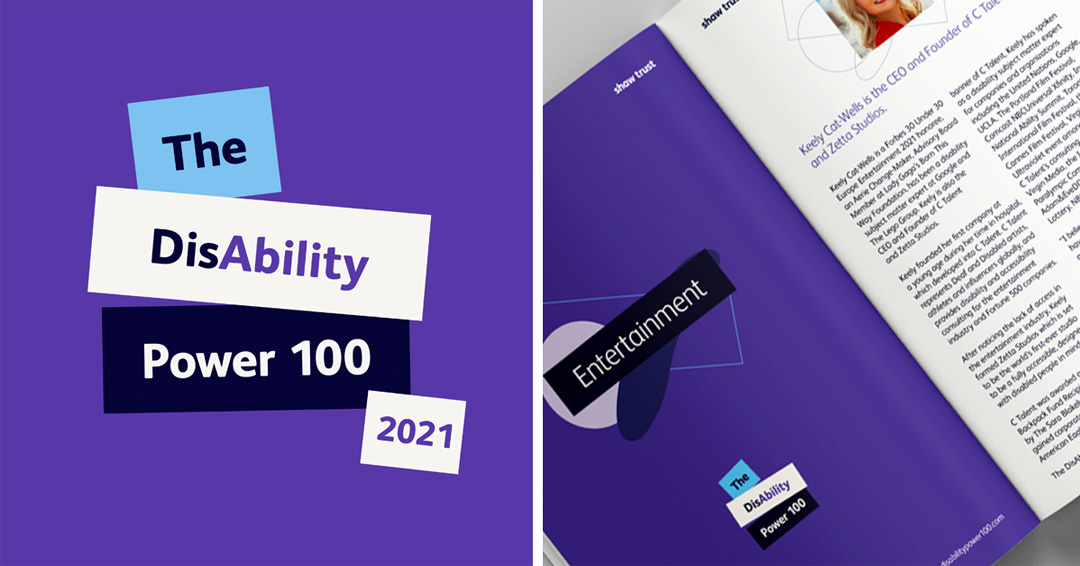
4 types of content your organisation needs
4 types of content your organisation needs
Pics courtesy of Adobe Stock




You probably already know the value of an online review. Satisfied customers sharing what they love about your organisation, services, and products helps attract new customers and gives them the confidence to buy or try. It’s a great way to grow your organisation. And it also helps with search engine optimisation (SEO) as Google and its ilk love to see real people taking the time to share their experiences. So the more reviews your organisation has the higher up the Google rankings you will go – without spending more on marketing. It’s a win, win. But what do you do if you get a bad review?
The first thing to say is if your organisation is doing well and you have happy customers, you’re meeting the targets you set yourself then you probably won’t get many or any bad reviews. But you may get a rogue one. And how you respond to that is going to make all the difference to your reputation – not the review itself.
Let’s imagine you run a social enterprise café. You employ young people, who have no qualifications and perhaps have struggled so far in life, to give them skills and experience in the hospitality industry while they also complete training courses at college. Your café is at the heart of your community and on the whole, your customers are happy. But one day you get a review that says:
“Rude customer service, long wait, and inedible food. I would never go here again and certainly would not recommend it. I understand that they are trying to do good things but I think the staff are not ready to be in the real world serving and making food. Great idea but don’t go there if you actually want an enjoyable lunch”.
Your heart sinks. Your mind races. Who was it? Have there been any complaints? What happened? Have the staff seen this? Are they upset? Then your fight or flight kicks in. At this point, you need to stop and take a deep breath. Don’t do anything at all yet. Responding to a bad review quickly and while you are in this mindset will not help. Instead, make yourself a drink or do a small task to distract yourself.
Then come back to the review. But start inside the café. Ask staff if they are aware of any recent complaints? At the same time, reassure staff – let them know you are happy and this is just one person who was probably having a bad day. Remind them of good reviews. Set the tone for the response – try not to take it personally; although it feels like an attack on you, your people, and your business. Reassure them that you will deal with this complaint, they don’t need to do anything.
Nobody knows of any unhappy customers so you set to work on a response. You could respond to each point, explaining why you think they are wrong and that if they had a problem they should have spoken up at the time. But you’ll probably come across as defensive and perhaps aggressive. And who would want to eat in a café with that kind of atmosphere?
Instead, here are three key things to include in your response:
This kind of response shows other readers that reviews are listened to and acted on. That customer service matters to you. That customers matter to you.
And if the complainant does take the time to email you, make sure you respond and continue in a timely, courteous manner. Try to get to the bottom of their complaint. If you need to take action, take it and let them know. Thank them for their feedback. And if you get to a good footing, you could even invite them back to try and change their mind. It is possible to turn a negative review into a positive for your organisation.
How often do you check your online reviews? Has this article helped you feel prepared for dealing with reviews in the future?
If you want help with setting up your online reviews, any aspect of your organisation’s online presence or reputation, We Are Comma can help. Email . You can also find out more about the services we offer by visiting the What We Offer page on the website.


Time is precious, we must use it wisely. We think one of the wisest uses of time is to help others. That is why we are offering an hour of our time each month to benefit a not for profit, charity or community interest company. Any organisation which does good for others and the world can benefit from an hour of our time.
Do you know an organisation which could do with some design help? Perhaps a charity needs advice on its website so it can reach more donors? Maybe there’s a local organisation which is putting on an event and needs help spreading the word? Would an audit help a community organisation know where to devote its time and effort for marketing? Whatever the marketing, PR, communications or strategic need we will donate one hour to help.
We can’t wait to get started and we’ll be sharing more on what we’ve done to help organisations over the coming months.
You can find out about the services we can offer by visiting the What we offer section of our website.


Not sure how it is already more than one month into 2022 but here we are. Towards the end of last year, I wrote a piece explaining our team had grown in 2021. So, I thought I would take this opportunity to write about the new clients we have been fortunate to work with in 2021.
Our new clients joined our collection of organisations that we produce a range of marketing, communications and design assignments for. We are very fortunate to be able to work on such interesting, diverse and exciting projects. One week we will be producing a new website, the next an animation and the following a range of social media posts. It keeps our creative juices flowing.
We had a number of return clients in 2021, including Shaw Trust and Ambiental Risk. Shaw Trust asked us to help with their annual Power 100 publication and their safeguarding report. Ambiental asked us to produce a new promotional animation for them.
Support goes both ways so as well as the services we always provide for our clients, we try to go above and beyond to add extra value and when we can provide favours. We believe in what our clients are trying to achieve and usually have to rein ourselves in knowing there are only so many hours in a day – so we love it when we get a chance to go overboard for a client and do that bit extra. These are just some of the ways we demonstrate the importance of supporting one another.
We also started working with the Career Innovation Company, helping them with their social media. It has been great to work on engaging potential clients through their channels and driving more visitors to their website. They have some really interesting blogs which have certainly got us thinking.
The Gandhi Foundation tasked us with updating their website – then added in a rebrand and some social media support too. Again, another interesting project which required some research into the life of a fascinating, wise man. You can see some of the work connected to this project on our Behance account.
We’ve also been back working with Vision Mission on a new website, another interesting project which concluded the branding and messaging work we did for them in 2020.
2021 was another busy year for We Are Comma and 2022 looks to be the same. No doubt we will be working even more new clients too.


This is the first in our irregular series looking at successful marketing campaigns and how you can create your own winning promotion.
2021 is the 10th anniversary of Save the Children’s annual fundraising Christmas jumper day. Last year the campaign raised £3m for the charity – despite all the challenges of last Christmas. So why is this campaign so successful? And most importantly, how can you recreate its achievements?
There are five key reasons Christmas jumper day is so popular.
First, it’s simple. It’s an easy-to-understand concept. Wear a Christmas jumper then donate some money for doing so. Great! Finding a similarly simple concept to promote your charity or organisation might not be so easy but it is possible. There are a few options – either you can choose a time of year that you want to focus your efforts on and pick something familiar as a ‘hook’ to hang your campaign on; Easter bonnet day for example. Or you pick something that it iconic to your brand and focus on that.
Secondly, use an item they have or are familiar with. Everyone knows what a Christmas jumper is. Many people own them. Picking a day when everyone should wear them makes it powerful. This leads into point three.
Three, make your campaign accessible. Everyone can wear a Christmas Jumper. This is one of the reasons it is so popular in schools, places of work – everywhere. Anyone and everyone can join in – if they’re willing to wear a questionable jumper. And in fact, since Christmas jumper day launched the options for more tasteful Christmas jumpers have increased. Incidentally this has been reflected in the marketing. It started as a very tongue in cheek, dodgy jumper day. But its simplicity and popularity mean it has grown to be more middle-of-the-road. Asking people to wear ballgowns, for example, will never become so popular because they are not so easy to get hold off, a good percentage of the population would rather not wear them and many people couldn’t do their job in them.
Four, make it regular. This is the 10th annual Christmas jumper day. Schools, PTAs, hospitals, community groups, local authorities – everyone knows to expect it in early December. This means they can make it part of their plan for the year.
Five, make people feel good. This is the most important part to any successful campaign. People have to feel good for taking part. Save the Children’s Christmas jumper day makes people feel good for donating to a worthy cause. And they can build excitement about the coming celebrations for Christmas. It’s a win-win. How can your organisation leverage this feel good factor? Are you a charity that people can feel good raising money for? Are you an organisation which people can volunteer for and feel good doing so? Are you a small business that can make people feel good for supporting? Find your feel good factor and use it.
What lesson from Christmas jumper day will you be taking into your campaigns in 2022?
Remember We Are Comma can help design, develop and deliver your campaigns and create success for your organisation. Email to find out how we could help you.

Photos from Adobe Stock